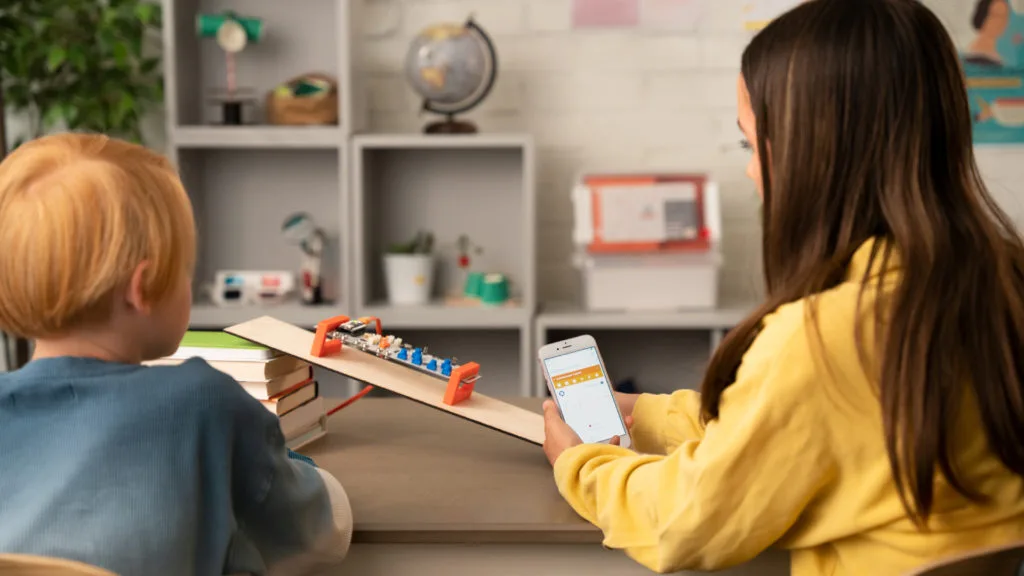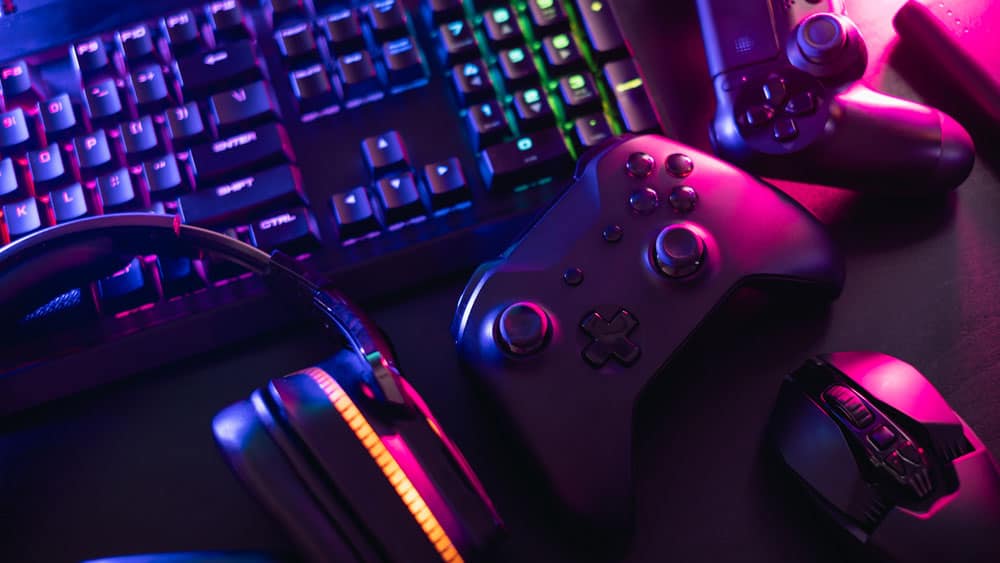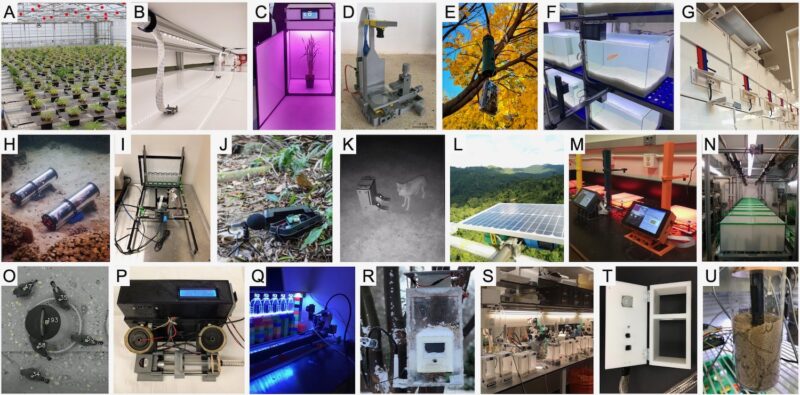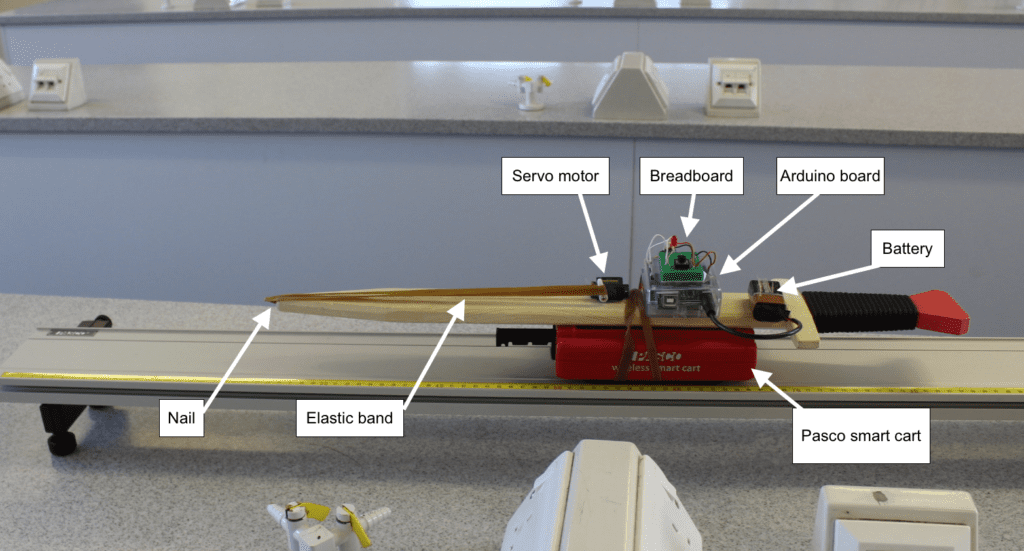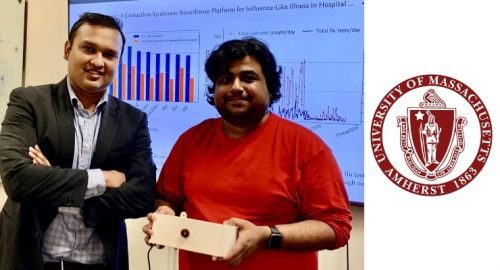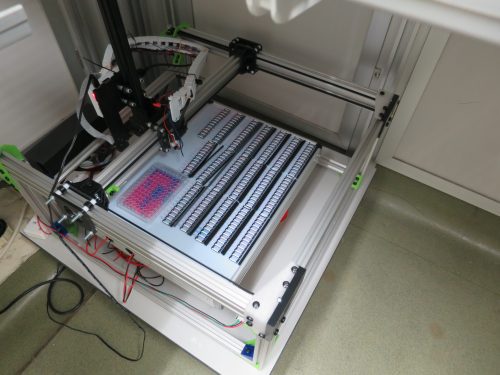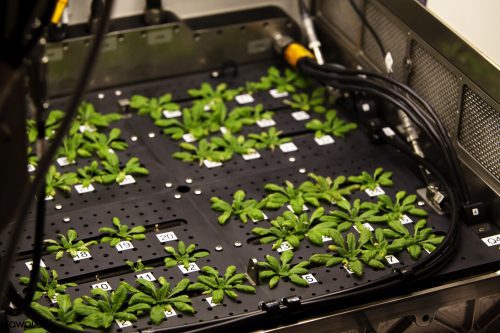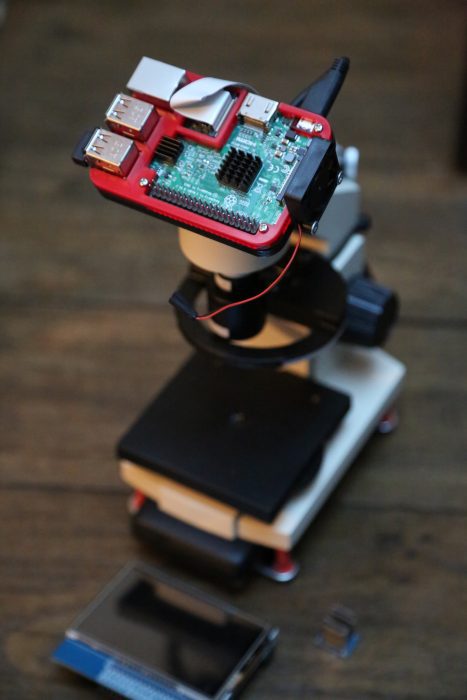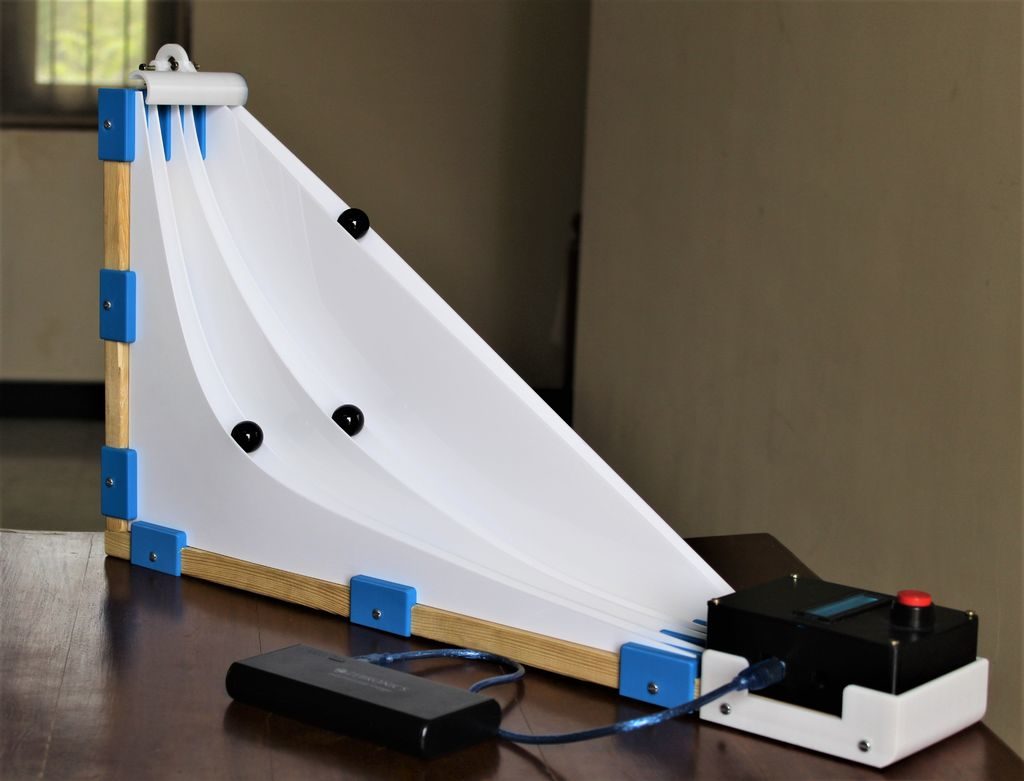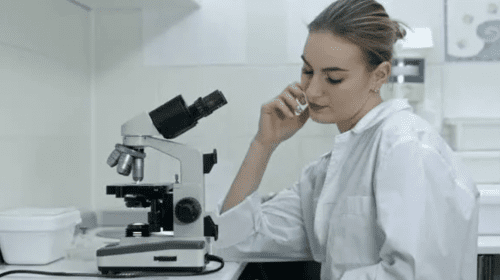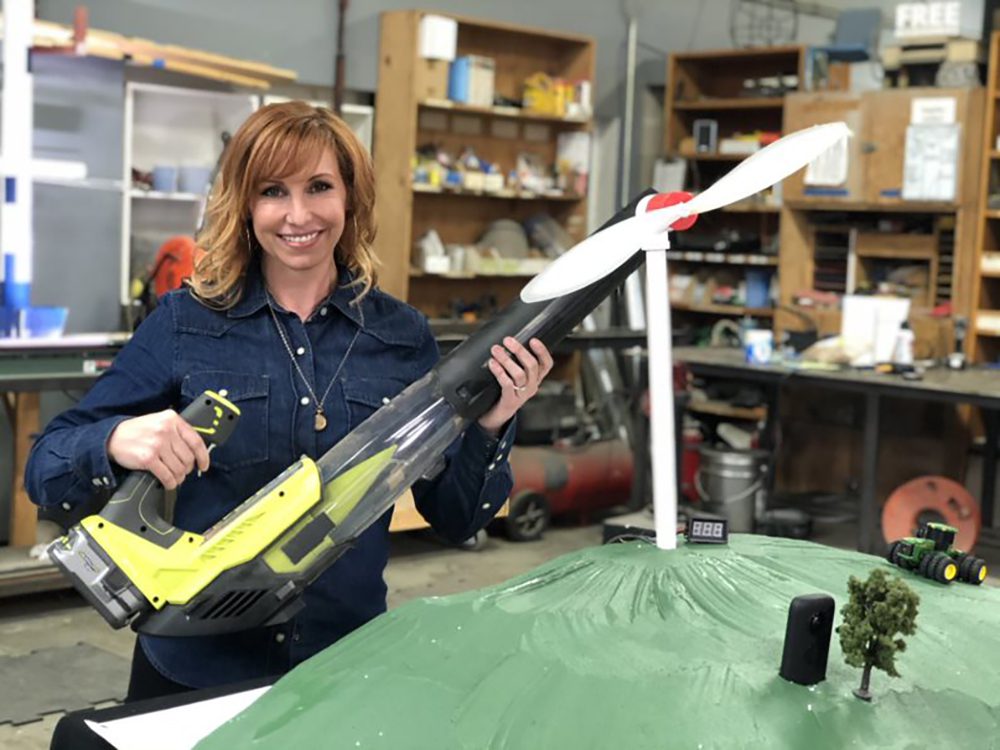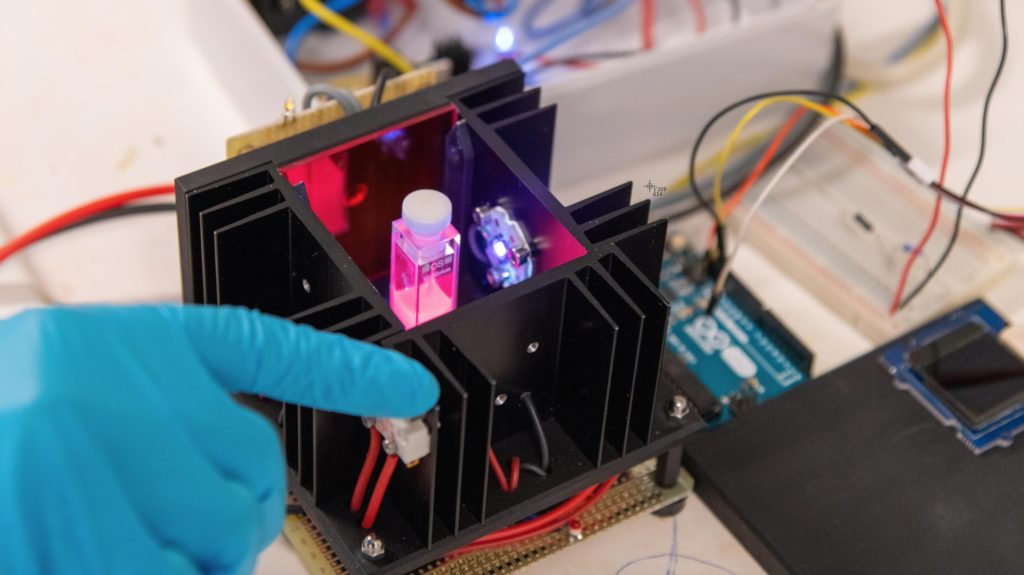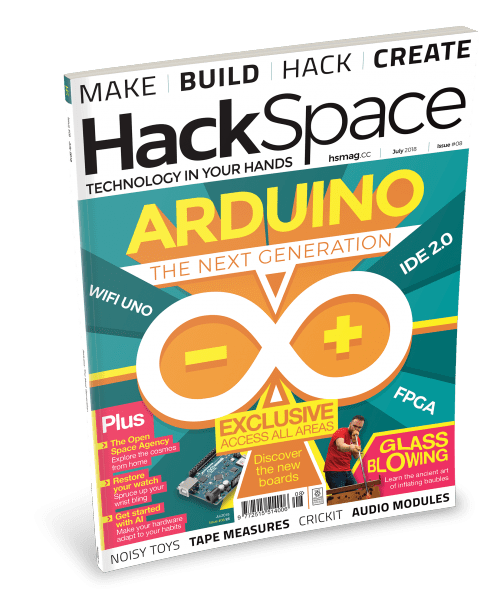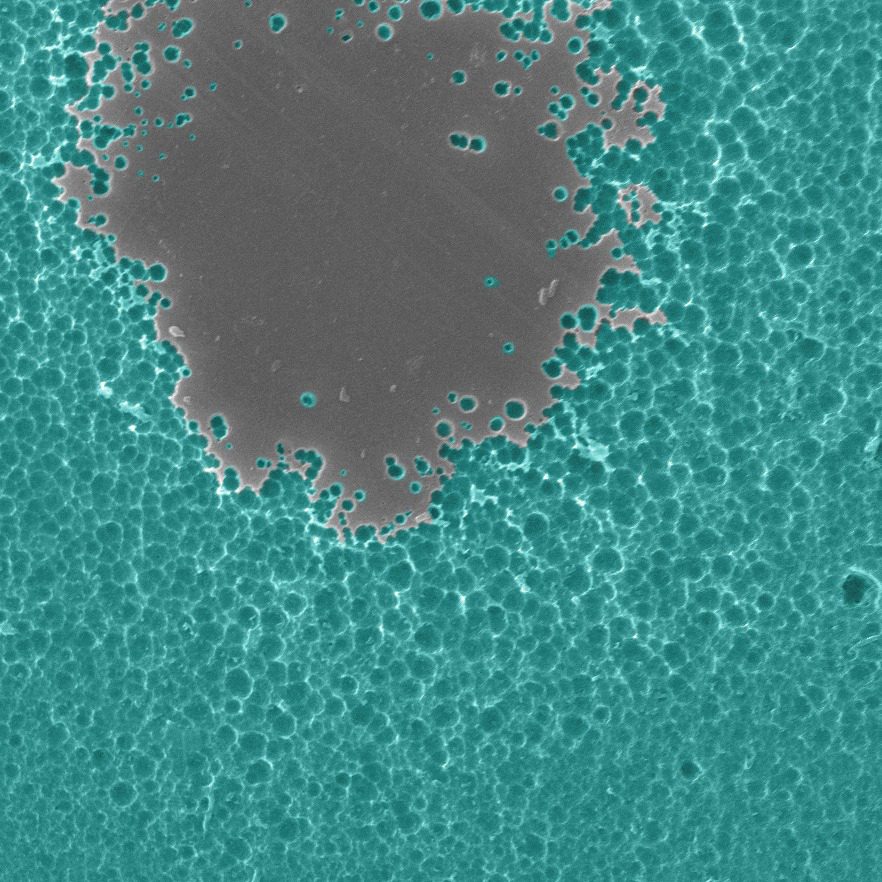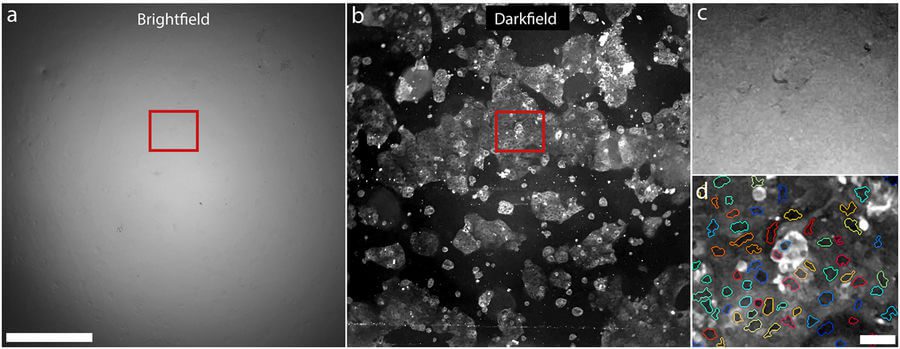Schlagwort: science
-

Discover the world of physics, for real – with the new Arduino Science Kit R3!
Reading Time: 2 minutesStephen Hawking once said, “No one undertakes research in physics with the intention of winning a prize. It is the joy of discovering something no one knew before.” That joy is exactly what we hope to ignite with Arduino’s Science Kit R3, bridging theory with practical exploration with a complete toolbox that…
-

Immerse Yourself in Arduino EDUvision Season 4
Reading Time: 3 minutesHopefully you’ve been with us during the roller-coaster ride of Arduino EDUvision season 4, which just came to a close. We’ve had a wonderful time, and the response from the community has been outstanding. Arduino EDUvision began life as a way to compensate for the lack of in-person events during 2020. And now…
-

Sync Google Drive with Arduino Science Journal projects
Reading Time: 2 minutesNote: Google Drive is available to all users over the age of 14. This is so we adhere to the COPPA compliance requirements for students under 14-years-old. Students and teachers can now sync Google Drive with their Arduino Science Journal experiments. This means you can access experiments from any device using your…
-

Raspberry Pi: a versatile tool for biological sciences
Reading Time: 3 minutesOver the nine-ish years since the release of our first model, we’ve watched grow a thriving global community of Raspberry Pi enthusiasts, hobbyists, and educators. But did you know that Raspberry Pi is also increasingly used in scientific research? Some of the scientific applications of Raspberry Pi that Jolle found Dr Jolle…
-

Going hands-on with STEM during the pandemic
Reading Time: 2 minutesThis article was written by Valentina Chinnici, Arduino Education Product Manager. The last year has clearly been challenging for educators around the world due to the pandemic. Yet despite these difficult times, educators and students haven’t stopped getting hands-on and experimenting with STEM. But how is it possible to create a systematic environment…
-

The Science Journal is graduating from Google — coming to Arduino this fall!
Reading Time: 2 minutesThis post was written by Valentina Chinnici, Arduino Product Manager. Arduino and Google are excited to announce that the Science Journal app will be transferring from Google to Arduino this September! Arduino’s existing experience with the Science Journal and a long-standing commitment to open source and hands-on science has been crucial to…
-

FluSense takes on COVID-19 with Raspberry Pi
Reading Time: 3 minutesRaspberry Pi devices are often used by scientists, especially in biology to capture and analyse data, and a particularly striking – and sobering – project has made the news this week. Researchers at UMass Amherst have created FluSense, a dictionary-sized piece of equipment comprising a cheap microphone array, a thermal sensor, an…
-

Raspberry Pi vs antibiotic resistance: microbiology imaging with open source hardware
Reading Time: 4 minutesThe Edwards Lab at the University of Reading has developed a flexible, low-cost, open source lab robot for capturing images of microbiology samples with a Raspberry Pi camera module. It’s called POLIR, for Raspberry Pi camera Open-source Laboratory Imaging Robot. Here’s a timelapse video of them assembling it. Measuring antibiotic resistance with…
-

Growth Monitor pi: an open monitoring system for plant science
Reading Time: 3 minutesPlant scientists and agronomists use growth chambers to provide consistent growing conditions for the plants they study. This reduces confounding variables – inconsistent temperature or light levels, for example – that could render the results of their experiments less meaningful. To make sure that conditions really are consistent both within and between…
-

A low-cost, open-source, computer-assisted microscope
Reading Time: 2 minutesLow-cost open labware is a good thing in the world, and I was particularly pleased when micropalaeontologist Martin Tetard got in touch about the Raspberry Pi-based microscope he is developing. The project is called microscoPI (what else?), and it can capture, process, and store images and image analysis results. Martin is engaged…
-

Exploring a classic physics problem with Arduino
Reading Time: 2 minutesExploring a classic physics problem with Arduino Arduino Team — September 11th, 2019 As described in this project’s write-up, “The brachistochrone curve is a classic physics problem, that derives the fastest path between two points A and B which are at different elevations.” In other words, if you have a ramp leading…
-

Saving biologists’ time with Raspberry Pi
Reading Time: 2 minutesIn an effort to save themselves and fellow biologists hours of time each week, Team IoHeat are currently prototyping a device that allows solutions to be heated while they are still in cold storage. The IoHeat team didn’t provide any photos with their project writeup, so here’s a picture of a bored…
-

Researchers develop new device to easily measure fluoride in drinking water
Reading Time: 2 minutesFluoride can be healthy in certain concentrations, but above a certain level it instead has the opposite effect, causing serious dental and bone diseases. While the cost and benefit of any substance use has to be carefully weighted, up until now, verification that water source isn’t contaminated—above just 2 ppm—has been the…
-

Analyzing Twitch chat during a Pokémon Marathon
Reading Time: 5 minutesWe dove into Twitch chat during the Pokémon Marathon, and found key moments when viewers sing, cry, and laugh together. Sometimes, weirdly, all three happen at the same time. Context and dataset Twitch ran a marathon of all Pokémon episodes and movies. The first 13 episodes aired on August 27, from 10am to…
-

Raspberry Pi-monitored chemical reactor 💥
Reading Time: 3 minutesIn Hello World issue 7, Steven Weir introduces a Raspberry Pi into the classroom to monitor a classic science experiment. A Raspberry Pi can be used to monitor the reaction between hydrochloric acid and sodium thiosulphate to complement a popular GCSE Chemistry practical. The rate of reaction between hydrochloric acid and sodium…
-

HackSpace magazine 10: build a drone
Reading Time: 3 minutesIf you’re a subscriber to HackSpace magazine you’ll already know all about issue 10. For the rest of you who’ve yet to subscribe, issue 10 is out today! Build a drone Ever since Icarus flew too close to the sun, man has dreamed of flight. Thanks to brushless motors, cheaper batteries than…
-

Archos Airwheel E6 – Dashcam App Review
Reading Time: < 1 minuteTesting the Airwheel E6 in Vienna on the Streets, with the Dashcam Travel App, seems very nice to me. Let me know what you think.
-

HackSpace magazine 8: Raspberry Pi <3 Arduino
Reading Time: 3 minutesArduino is officially brilliant. It’s the perfect companion for your Raspberry Pi, opening up new possibilities for robotics, drones and all sorts of physical computing projects. In HackSpace magazine issue 8 we’re taking a look at what’s going on on planet Arduino, and how it can make our world better. This little…
-

Scientists Accidentally Create Mutant Enzyme that Eats Plastic
Reading Time: 3 minutesIn what could be a major ecological breakthrough, scientists have accidentally invented a mutant enzyme that likes to feast on PET plastic. We love 3D printing, but it’s sometimes hard to reconcile the joy of fabricating a 3D object with the plastic waste that is generated. Trial and error is the nature…
-

4GAMECHANGER Virtual Tour by Trusk Media e.U.
Reading Time: < 1 minuteDas Team von Trusk Media e.U. war für uns bei den 4Gamechangers Festival unterwegs. LINK ZUR VIRTUELEN TOUR: http://4gamechanger.truskmedia.com/
-

Open Source 3D Printed Clip-On Microscope For Smartphones
Reading Time: 3 minutesThis is an open source design for a smartphone camera microscope which can be customized, downloaded and 3D printed. A team of researchers at RMIT University in Australia have developed a 3D printable clip-on microscope for smartphones. The design of the microscope has been shared on the Centre for Nanoscale BioPhotonics website.…
